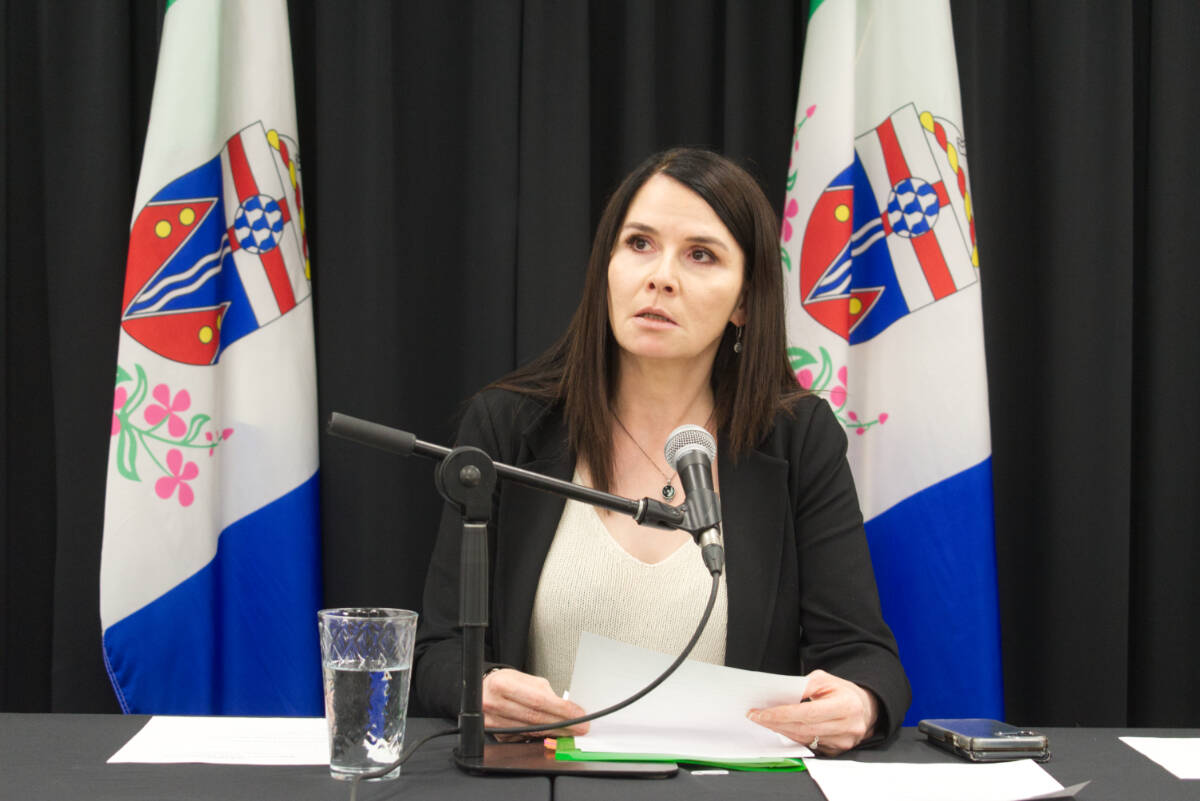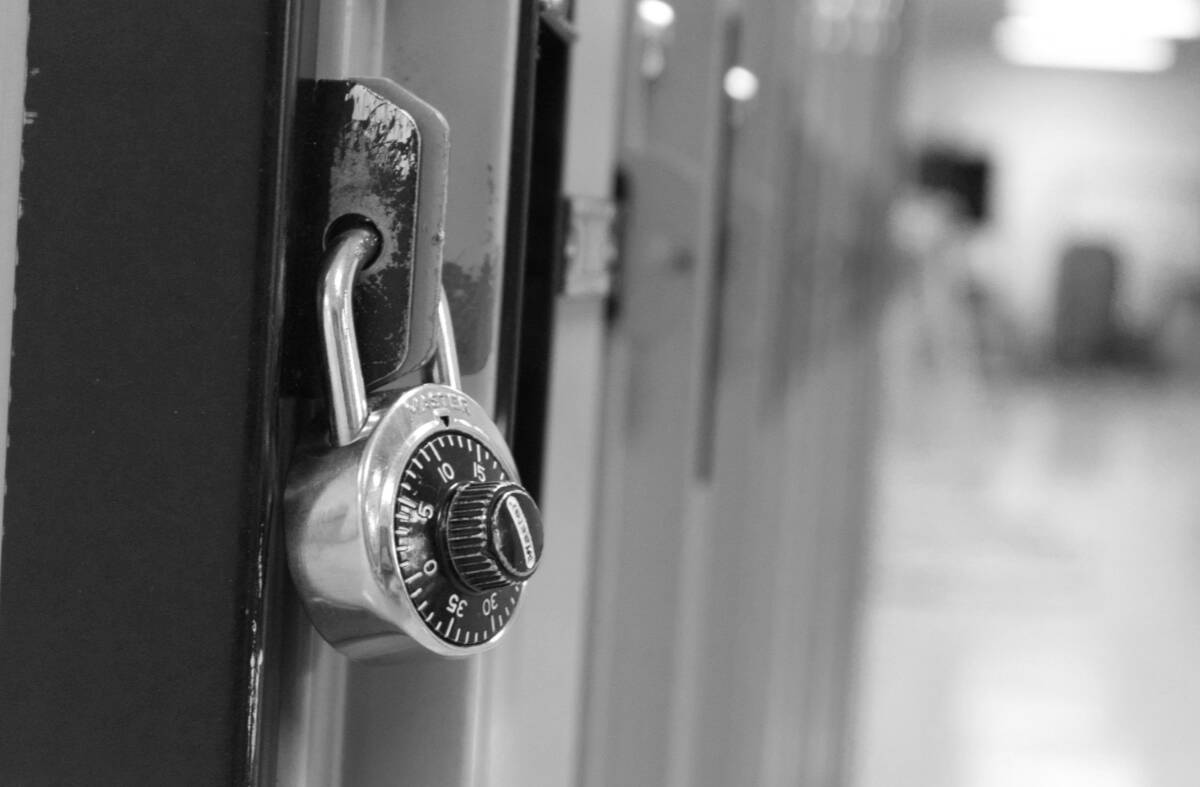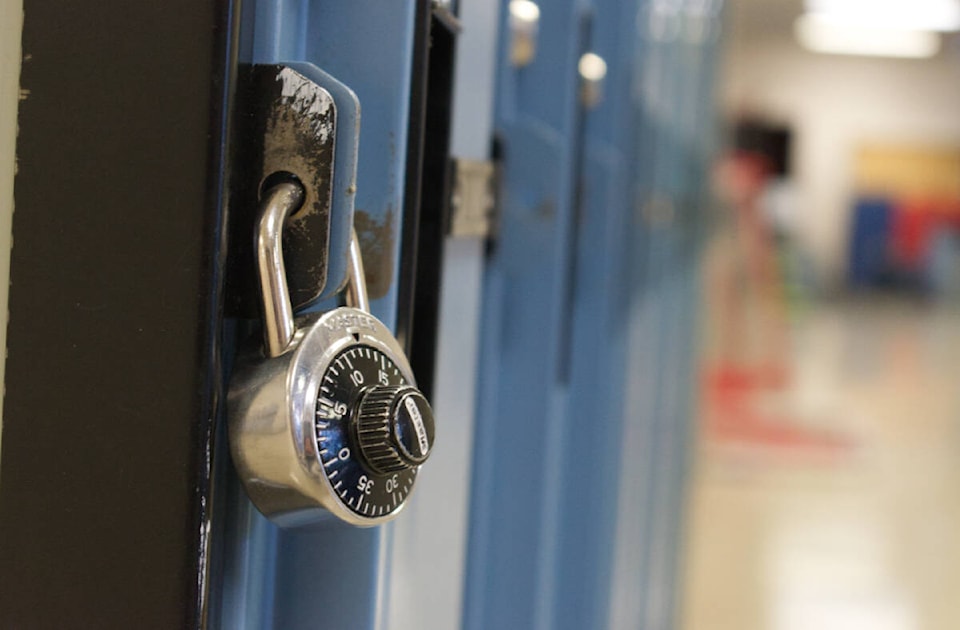It’s still unclear which schools won’t have teachers in every classroom when students return to class.
“We are on track to have all classrooms with bodies in front of them,” education department superintendent Trevor Ratcliff said during an Aug. 17 press conference in the legislative building’s media room to provide a back-to-school update.
“We have contingencies in place, and all principals are working very hard to maintain and make sure that their classrooms are teachered.”
Officials described the situation as “fluid” and did not specify which schools are affected by teacher shortages.
Affected schools can adjust learning groups and teaching assignments and rely on teachers on call, Ratcliff said, noting different schools will do things differently depending on needs and staffing.
“If a class has 16 students, and another class has 20, you can combine classes,” Ratcliff said.
Recruitment is underway for 22 teachers in urban and rural schools across the territory in addition to a vice principal, principals, Yukon First Nation language teachers and learning assistance teachers, according to officials.
READ MORE: Schools without teachers in every classroom can adjust: Education department
Respecting preferred pronouns
The academic year is starting under a new and stronger school policy that includes a mandate to use people’s preferred pronouns, according to the Yukon government.
“It’s the respectful inclusivity of ensuring that folks are being referred to in the way that they wish to be referred to,” Education Minister Jeanie McLean said at the press conference.
“It’s no longer discretionary.”

Updated Aug. 15, the sexual orientation and gender identity policy now requires administrators, staff and students to “recognize people’s correct pronouns, as declared by the individuals themselves. This requirement applies to students who have not made official changes to their name or gender in school records.”
READ MORE: Yukon government executes safer schools action plan
Readying to learn
McLean was also on hand to announce that the “ready-to-learn” schools initiative is expanding to eight more schools, bringing the total number of schools taking up the model to 14. McLean noted that all Yukon schools will eventually take up the developmentally responsive approach.
Last year, McLean told reporters the territory is the first jurisdiction in Canada to look at carrying out the model in all schools. At the time, reporters heard a key part of this initiative involves teacher and administrator training in the neurosequential education model, based on more than 20 years of research by brain development and trauma expert Dr. Bruce Perry of the Neurosequential Network.
“This is going to make a huge difference in our school system overall,” McLean said in the latest update.
READ MORE: New education model launching in four Yukon schools
Contact Dana Hatherly at dana.hatherly@yukon-news.com

